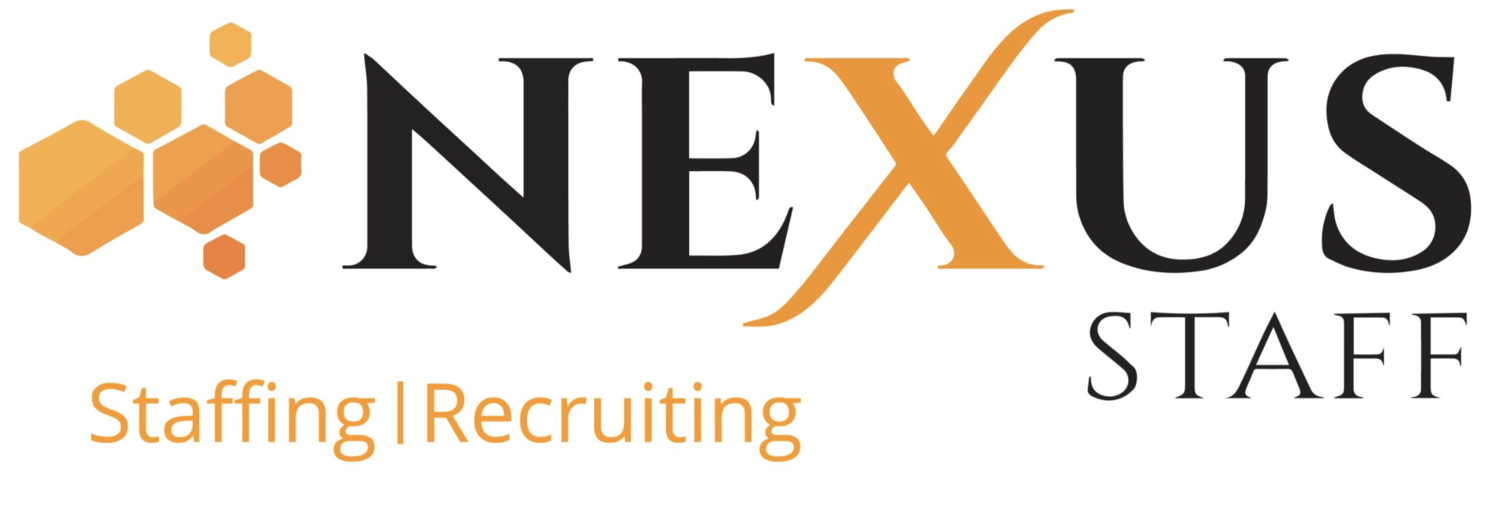Six Tips For Preventing Employee Burn-Out
In May of 2019, the World Health Organization classified burn-out as an “occupational phenomenon,” stating that it can occur as a result of chronic workplace stress that is not being properly managed. While the COVID-19 pandemic has rightfully put a focus on mental health in the workplace, employee burn-out is not a new problem. In fact, SHRM’s August 2017 issue of HR Magazine discusses the effects employee burn-out can have not only on individuals, but their organization as well.
With so many possible side effects and a new-found emphasis on mental health in the workplace, the question remains – What steps can your organization take to prevent employee burn-out? Below, you’ll find our six best tips.
Keep an open flow of communication
First and foremost, open communication is key in understanding your employee’s feelings toward their work and your organization in general. Before implementing the following steps into your office, it’s important to make it known to employees that they have the option to turn to an understanding manager or supervisor to discuss plans for eliminating burn-out and improving the company’s overall stance on mental health. Conducting employee surveys or focus groups and holding frequent check-ins are all great ways to gauge your employees’ well-being.
Introduce a flexible work schedule
As more organizations begin to welcome employees back into the office after over a year of social distancing and work-from-home guidelines, workers may feel overwhelmed with the demanding nature of in-person work. Consider introducing select work-from-home days, or even a hybrid schedule as your organization begins the transition back into office life. This can help create a healthy work-life balance for your employees and give them a sense of freedom in their career.
Host optional after-work social events
Research shows positive employee relationships can have huge effects on increasing productivity, lowering turn-over rates, and overall company culture. Hosting after-work (in-person or virtual) social events can give your employees the opportunity they need to build these relationships, feel more comfortable in their workspace, and give them something to look forward to after work. Lastly, making these events optional rather than mandatory improves the likelihood of the events being enjoyed and having a lasting impact on employees.
Celebrate your employees
Boost office morale by celebrating your employees -- whether it's for a birthday or an accomplishment. This can mean awarding a traditional “employee of the month” recognition or even a quick shoutout on your organization’s social media. Recognizing your employees for their hard work or achievements can show them their work is appreciated and also be an incentive for other employees to work toward a goal.
Provide tangible office perks
Employee perks don’t always need to be the most expensive or elaborate accommodations. A simple gesture such as a complimentary breakfast or lunch can go a long way in letting employees know their work is appreciated. Additionally, perks such as exercise classes or gym memberships can lead to improved physical and mental health which can both help prevent feelings of stress and burn-out.
Encourage time off
If employees feel that they need a break but can not actually take that break, it can cause even more intense burn-out. Whether their time off is for a sick day or vacation, make it known to employees that there should never be any shame or guilt associated with taking time off from work. Lastly, let their time off actually be time off from work – not just time away from the office.
Implementing a plan to improve employee mental health is a necessary task that can have lasting effects on your employees and your organization. However, successfully adding these steps into your office or company culture can take time and preparation, which begins with knowing the employees you hire. Contact Nexus today to learn more about our personalized staffing services or get started with our free job market analysis for an in-depth look at today's hiring trends.









